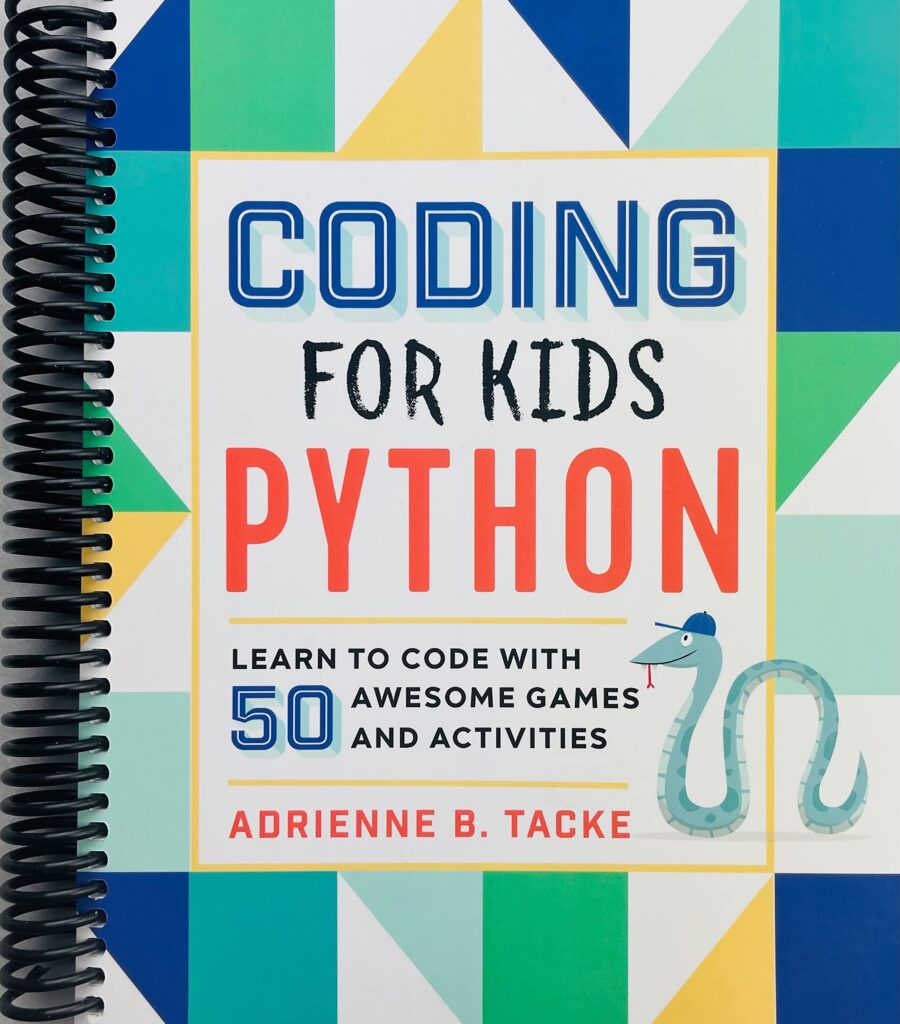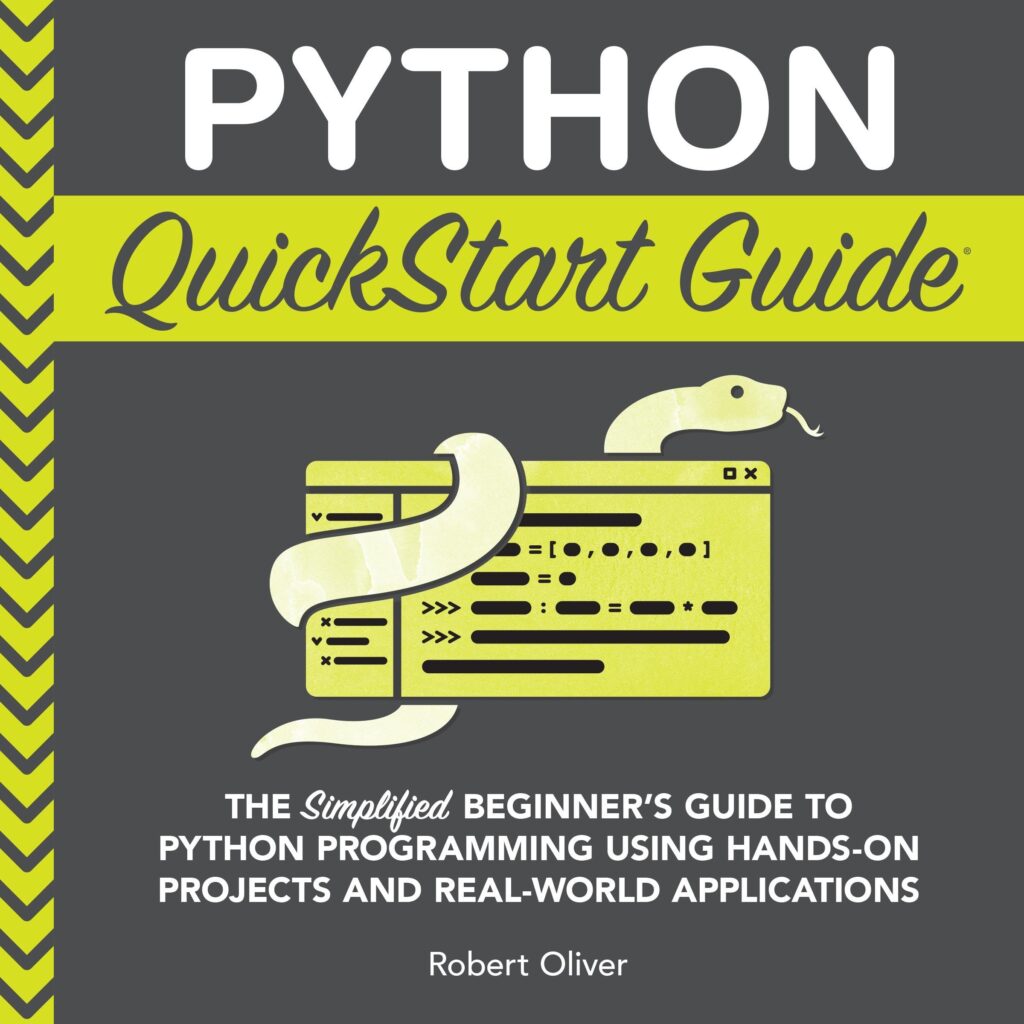
To grasp the essence of web services, one must first understand the fundamental principles that underpin them. Imagine, if you will, a global marketplace where various vendors—each with their unique offerings—come together to sell their goods. In this analogy, web services act as the common language spoken by these vendors, facilitating transactions that would otherwise be impossible. This communication can occur in several forms, predominantly through the use of APIs (Application Programming Interfaces) and protocols such as HTTP, XML, and JSON.
When we delve into the workings of web services, we encounter two principal paradigms: REST (Representational State Transfer) and SOAP (Simple Object Access Protocol). Each paradigm possesses its own philosophy, akin to two contrasting schools of thought in a philosophical debate. REST, with its emphasis on statelessness and resource-oriented architecture, advocates for simplicity and speed. It operates primarily over HTTP, where resources are identified by URLs, and the state is maintained by the client. In contrast, SOAP, a protocol that is more rigid in its structure, relies heavily on XML and offers a richer set of features, including built-in error handling and security mechanisms.
import requests
# An example of a RESTful API call
response = requests.get('https://api.example.com/data')
if response.status_code == 200:
data = response.json()
print(data)
else:
print("Error fetching data!")
This simplistic invocation of a RESTful API demonstrates the elegance of REST’s architecture. The client sends a request to a specific endpoint, and in return, it receives a structured response, typically in JSON format. This format, lightweight and easy to parse, embodies the principles of web services by allowing various systems to exchange information efficiently.
Auto Amazon Links: Could not resolve the given unit type, . Please be sure to update the auto-insert definition if you have deleted the unit.
Conversely, SOAP offers a more formalized structure, encapsulated within a standardized protocol that dictates how messages should be formatted and transmitted. This rigidity can be both a blessing and a curse, as it ensures a higher degree of reliability but at the cost of flexibility. A typical SOAP message is enveloped in an XML structure, which includes a header and a body, allowing for complex operations and interactions.
import zeep
# Example of a SOAP client using the Zeep library
client = zeep.Client('http://www.example.com/soap?wsdl')
result = client.service.MyFunction(param1='value1', param2='value2')
print(result)
In this instance, the Zeep library in Python is used to interact with a SOAP web service. The definition of the service is retrieved via the WSDL (Web Services Description Language), which outlines the operations available, their inputs, and the expected outputs. This formal description allows developers to navigate the complexities of SOAP without getting lost in the dense foliage of XML.
Entangled Architectures: REST vs. SOAP and Their Whims
Yet, the choice between REST and SOAP is not merely a matter of preference; it’s a decision steeped in the unique requirements of the application at hand. Imagine a scenario in which a developer stands at a crossroads, contemplating the path to take. On one side lies REST, with its promise of agility, scalability, and adherence to the architectural style of the web. Its simplicity invites developers to craft solutions that are both elegant and performant. On the other side, SOAP beckons with its rich feature set and robust security protocols, offering a sanctuary for enterprises that demand a higher level of assurance in their transactions.
To further illustrate this dichotomy, we might ponder the implications of error handling in each paradigm. In REST, errors are communicated through standard HTTP status codes, each a succinct message that conveys the outcome of the request. A 404 indicates that the requested resource could not be found, while a 500 reveals an internal server issue. The simplicity of these codes fosters an intuitive understanding, allowing developers to diagnose problems with relative ease.
response = requests.get('https://api.example.com/nonexistent')
if response.status_code == 404:
print("Resource not found.")
elif response.status_code == 500:
print("Internal server error.")
In contrast, SOAP’s approach to error handling is more elaborate, encapsulated within the structure of the SOAP message itself. A SOAP Fault, for instance, is a complex XML element that provides detailed information about the error, including a fault code and a fault string. This richness allows for more nuanced error reporting, yet it can introduce an additional layer of complexity for developers who must parse and interpret these messages.
<SOAP-ENV:Fault> <faultcode>SOAP-ENV:Client</faultcode> <faultstring>Invalid input parameters</faultstring> </SOAP-ENV:Fault>
As we navigate deeper into the realms of REST and SOAP, we encounter the idea of statefulness. REST thrives on the statelessness of each interaction; every request from the client must contain all the information necessary to understand and process it. This can lead to increased efficiency, as servers can scale horizontally without storing session information. SOAP, however, is inherently stateful in many implementations, with sessions managed through the use of WS-Security and related standards, allowing for a more intricate dance of interactions.
It’s within these nuanced differences that we begin to appreciate the philosophies that underlie REST and SOAP. REST, much like a Zen master, encourages simplicity and minimalism, stripping away the excess to reveal the essential nature of the interaction. SOAP, on the other hand, resembles a meticulous craftsman, carefully constructing a robust framework that, while heavy, ensures that no detail is overlooked.
As we think the implications of these contrasting approaches, we must also think how they manifest in the broader ecosystem of web services. The rise of microservices architecture, for example, has favored RESTful approaches due to their lightweight nature and ease of integration. In contrast, legacy systems often cling to SOAP, their intricate web of services requiring the stability and predictability that only SOAP can provide.
Thus, the debate between REST and SOAP is not one of superiority, but rather of context and suitability. Each paradigm offers its own set of advantages and limitations, and the wise developer must navigate this landscape with an understanding of both the technical and philosophical ramifications of their choice. In this intricate dance of architectures, one might find themselves drawn to the elegance of REST’s simplicity or the robustness of SOAP’s structure, as they weave their own narrative within the tapestry of web services.
The Dance of APIs: Crafting Harmonious Interactions
The realm of APIs extends beyond mere technical specifications; it embodies a delicate choreography between systems, each step meticulously designed to facilitate interaction and exchange. In this intricate dance, APIs serve as the graceful dancers, interpreting the intentions of the developer and translating them into actions that resonate across the digital stage. The beauty of this interplay lies in its ability to harmonize disparate entities, allowing them to operate in unison despite their inherent differences.
Consider the JSON format, often the favored medium in RESTful interactions, akin to a universal language that transcends barriers. Its structure is both familiar and intuitive, allowing data to flow seamlessly from one application to another. This simplicity plays a pivotal role in enhancing developer productivity, enabling rapid iteration and deployment of services. The following snippet exemplifies how one might employ the requests library to communicate with a JSON-based API:
import requests
response = requests.get('https://api.example.com/resource')
if response.status_code == 200:
data = response.json()
print(data)
else:
print("Error:", response.status_code)
In this example, the developer reaches out to an endpoint, seeking a resource, and the API responds with a payload this is easily digestible. This fluidity fosters a spirit of collaboration, wherein data is not merely exchanged but rather transformed into actionable insights, each request and response akin to a conversation between two old friends, sharing stories and experiences.
On the flip side, the SOAP API, with its XML-based messages, brings a different rhythm to the dance. While often perceived as more cumbersome, its structured approach allows for a richness that can be indispensable in certain contexts, particularly where detailed specifications and comprehensive error reporting are paramount. The following example illustrates how one might interact with a SOAP service using the Zeep library:
import zeep
client = zeep.Client('http://www.example.com/soap?wsdl')
try:
response = client.service.MyFunction(param1='value1', param2='value2')
print(response)
except Exception as e:
print("SOAP Error:", e)
Here, the developer engages with the SOAP service, calling a function that encapsulates complexity within its parameters. The elegance of SOAP lies in its meticulousness; every interaction is deeply choreographed, with the XML structure ensuring that every nuance is preserved and communicated. Yet, this very intricacy can also lead to challenges, as developers must navigate the labyrinthine pathways of XML to extract meaning from the responses.
As we observe these interactions unfold, we see that the dance of APIs is not merely a technical endeavor but a philosophical exploration of connectivity and communication. Each library, each protocol, and each data format invites us to consider the nature of our interactions with technology. Are we seeking the swift, agile movements of REST, or do we require the sturdy, well-defined steps of SOAP? The decision often depends on the context of the application, the audience it serves, and the legacy it is destined to uphold.
Moreover, even within a single application, the dance can shift. A developer might find themselves employing both REST and SOAP in a harmonious blend, using the strengths of each paradigm to address distinct challenges. This medley creates a rich tapestry, where the flexibility of REST complements the robustness of SOAP, resulting in a dynamic that is greater than the sum of its parts.
As we delve deeper into the nuances of APIs, we must also acknowledge the role of documentation in this dance. Well-crafted documentation serves as the choreographer, guiding developers through the intricacies of an API’s functionality. It illuminates the paths available, elucidating the steps required to achieve desired outcomes. Just as a dancer must understand the choreography to perform gracefully, a developer must grasp the nuances of an API to harness its full potential. The interplay of documentation, API design, and developer understanding is critical, as it shapes the overall experience of interaction.
Python Libraries: The Tools of a Masterful Craftsman
In the rich tapestry of Python’s capabilities, various libraries emerge as indispensable tools for the adept craftsman of web services. Each library, akin to a specialized instrument in a maestro’s ensemble, offers unique features and functionalities that empower developers to weave intricate solutions. Among these, a few stand out, resonating with the collective rhythm of the programming community and enhancing the overall experience of building and consuming web services.
One of the most prominent libraries is Requests, a gem that simplifies the process of making HTTP requests. Its effortless to handle interface encourages developers to engage with RESTful APIs freely, transforming the daunting task of handling network interactions into a seamless experience. With Requests, the syntax is concise and expressive, allowing for the elegant transmission of data. Consider the following example, where we engage with an API to fetch and handle JSON data:
import requests
url = 'https://api.example.com/data'
response = requests.get(url)
if response.status_code == 200:
data = response.json()
print("Data received:", data)
else:
print("Error:", response.status_code)
This snippet illustrates the clarity and efficiency inherent in using Requests. The developer articulates their intent clearly: to retrieve information from a specified endpoint. The direct mapping of HTTP methods to Python functions allows for an intuitive understanding of the underlying operations, making it a favored choice for those venturing into the realm of web services.
In parallel, the Flask framework emerges as a stalwart companion for those crafting web services. This micro-framework provides the scaffolding upon which RESTful APIs can flourish. Its lightweight nature encourages rapid development, allowing developers to focus on the core functionalities of their services without the encumbrance of unnecessary complexity. A simple Flask application can be set up to respond to various HTTP requests with minimal boilerplate code:
from flask import Flask, jsonify
app = Flask(__name__)
@app.route('/api/data', methods=['GET'])
def get_data():
return jsonify({'message': 'Hello, world!'})
if __name__ == '__main__':
app.run(debug=True)
In this instance, the Flask app serves a JSON response when a client requests data from the ‘/api/data’ endpoint, encapsulating the essence of a web service in a few lines of code. This simplicity not only accelerates the development process but also fosters a spirit of experimentation, inviting developers to iterate and innovate with ease.
Yet, as we navigate through the libraries available in Python’s ecosystem, we cannot overlook Zeep, a library dedicated to the world of SOAP web services. For those engaged with enterprise-level applications, Zeep provides an elegant solution for interacting with WSDL-defined services. Its ability to abstract the complexities of XML and provide a Pythonic interface allows developers to focus on the logic of their applications rather than getting mired in the intricacies of SOAP:
import zeep
client = zeep.Client('http://www.example.com/soap?wsdl')
response = client.service.MyFunction(param1='value1', param2='value2')
print("SOAP Response:", response)
Here, Zeep facilitates a connection to a SOAP service with remarkable ease, enabling the developer to invoke methods and handle responses with clarity. This abstraction not only streamlines the development process but also enhances maintainability, as the underlying SOAP intricacies are neatly tucked away behind a Pythonic façade.
As we explore these libraries, we begin to appreciate the philosophical underpinnings that shape their design. Each library embodies distinct principles and caters to specific needs, allowing developers to choose the right tool for their unique challenges. The synergy between Requests, Flask, and Zeep paints a vivid picture of how Python serves as a versatile canvas, enabling developers to craft web services that are both functional and expressive.
Moreover, the realm of asynchronous programming introduces another dimension to our toolkit. Libraries such as Aiohttp and FastAPI cater to the modern demands of high-performance applications, allowing developers to harness the power of asynchronous I/O for web services. Aiohttp, for instance, provides an asynchronous HTTP client and server, facilitating the creation of non-blocking applications that can handle numerous requests concurrently:
from aiohttp import web
async def handle(request):
return web.Response(text="Hello, async world!")
app = web.Application()
app.router.add_get('/api/data', handle)
if __name__ == '__main__':
web.run_app(app)
This asynchronous design pattern opens up new avenues for scalability and responsiveness, allowing developers to craft services that can thrive in high-load environments. In this context, the choice of libraries becomes a dance of efficiency and elegance, as developers seek to align their tools with the demands of their applications.






